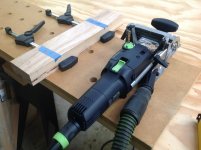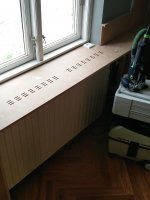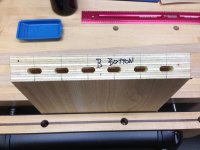GhostFist
Member
- Joined
- Oct 6, 2010
- Messages
- 1,536
Bollox. I doubt you're early projects will involve a ton of complex joinery. The " old ways" are still current and still used. I understand about lack of time but a good quick project is banging out a joint using only hand tools. The very first thing I did in furniture school was simple hand cut joinery. Machines came after. Really you need to think about the projects you'd like to do and build towards that. Hand tools aren't just nostalgia, they're the fundamentals of the entire craft. Machines come to speed up the production and repeatability, but they are working off the same principles. Is the domino one of the first tools you should buy? I don't believe it is. I'd put the money into a decent table saw and work out from there







